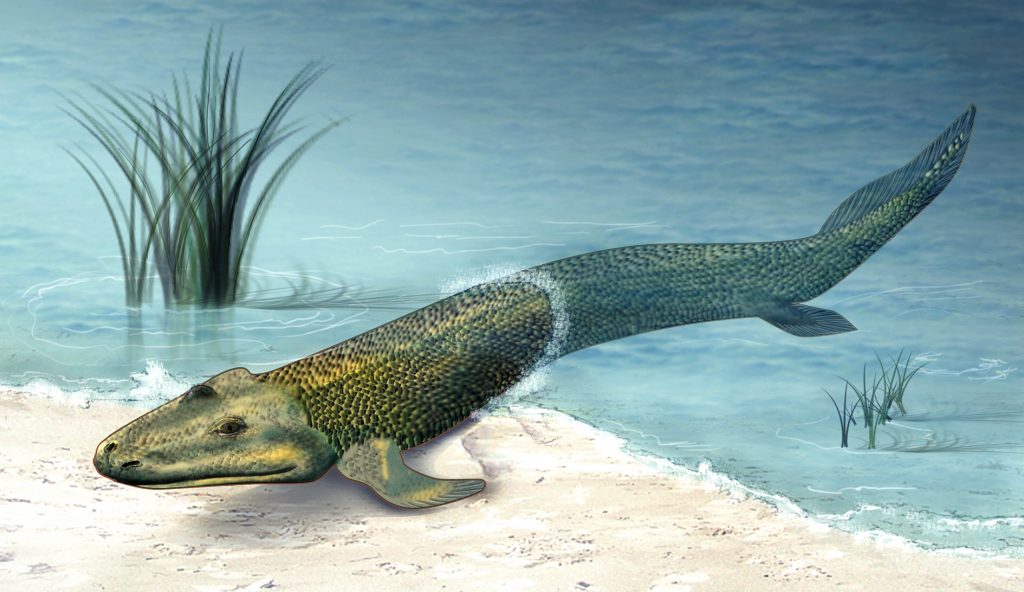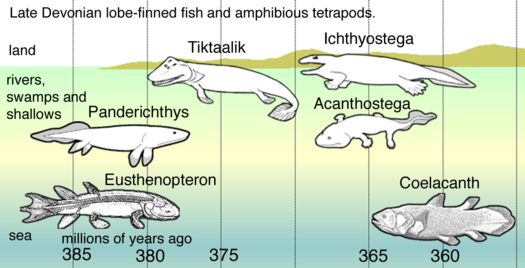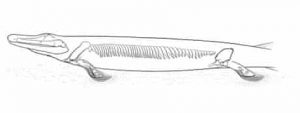When Was Walking Invented: History And Facts About Walking

When was walking invented by the primary land animal, Tiktaalik, it was 375 million years ago. Life developed in the oceans to a pretty advanced stage when Tiktaalik used flippers not just to steer in the ocean but to walk in shallow water and even be able to move on the temporarily dry ground at low tide. After that phase, things had to develop quite a lot further until vertebrates could easily walk on the ground but it goes back to such creatures that appear to us like a mixture of fish, amphibians,s and reptiles. Although, this article would contain everything about the invention of Walking, however, you should also look at When Was Running Invented. It is rather different, and would completely surprise you.
When Was Walking Invented
The survived fossils from old animals have discovered how ancient life pulled itself from the water and made first flimsy strides along the way that prompted four-legged land species.
The research found the pieces of data to the first crossroads throughout the whole existence of life with the bones of Tiktaalik, a 375m-year-old freshwater animal that developed to 3 meters in length and had amphibian features blended in with others healthier to life ashore.

Physical features of Tiktaalik: Backbone behind When Was Walking Invented
Walking History
Researchers originally found Tiktaalik in 2004 while chasing fossils on Ellesmere Island within the Canadian Arctic. Its unique mixture of gills, scales, blades and lungs, connected with a mobile neck, durable ribcage and crocodile-like head, put Tiktaalik somewhere between fish and therefore the soonest four-legged land creatures.

Tiktaalik
Physical features of Tiktaalik
In work distributed on Monday, scientists portray fossils of the rear portion of Tiktaalik simply because the report shows that the creature had a huge pelvic support, a conspicuous hip joint, and long rear balances. The ground-breaking balances could have impelled the monster within the water, yet additionally helped it stroll on riverbeds, or scramble around on mudflats.

Physical features of Tiktaalik
Research of Neil Shubin On Walking
Neil Shubin, an educator of life structures at the University of Chicago and therefore the primary creator on the paper, said the foremost astonishing find was the dimensions of the pelvis. “To show you how enormous it is, the pelvis of this organism could also be an identical size as of the shoulder, so it’s very much obvious from understanding these bones that the rear member was at that time being underlined within the change to animals with appendages,” he said.
Shubin had expected the rear balances and pelvis to be little in creatures like Tiktaalik, with back appendages arising to be more grounded and more noticeable even as creatures adjusted to life ashore. He characterized the progress as going from “front-wheel drive” in fish to “four-wheel drive” in four-legged land creatures, or tetrapods. “Due to an explanation not known, the length of the rear member was at that moment enormous in fish which an honest lump of the progress has just occurred in fish before the formation of tetrapods,” he said.
The most recent discoveries made on when walking was invented depend upon the fossils of 5 Tiktaalik examples recuperated from Ellesmere Island in Nunavut, northern Canada. The researchers presently can’t seem to get a Tiktaalik rear blade bone, or any remaining parts which will reveal insight into the causes of toes. “The rear balance of Tiktaalik is captivatingly fragmented,” Shubin told the Guardian.
Research of Jennifer Clack
Jennifer Clack, a teacher and a custodian of vertebrate fossil science at Cambridge University Museum of Zoology, said the Tiktaalik fossils answer a long-standing inquiry regarding life’s progress from water to land. “There might be a hole in our comprehension of how it actually happened, in light of the fact that we didn’t get such proof from the fossil. This new material is merely a thing we might have liked to find”, she said.
She also included that, “The evolution of a giant pelvis needed to occur some place within the advancement, and given its other tetrapod-like features, it’s no incredible shock – however exceptionally fulfilling – that the beginnings of it alright could also be seen in Tiktaalik”.
Research of Zerina Johanson
Zerina Johanson, a vertebrate scientist at the explanation Museum in London, stated: “Tiktaalik is one among the foremost significant fish fossils for disentangling the transformative change from fish living in water to tetrapods living ashore. A significant contrast among fish and tetrapods, as far as kinds of headway, is that fish will generally have bigger appendages and supports at the front of their body while tetrapods had significantly bigger back, or pelvic supports”.
Some Facts About Walking
- The average human walking speed is 3.1 miles per hour.
- An individual walks 65,000 miles in their lifetime – that’s like walking 3 times around the earth
- Walking raises blood flow to the brain and improves your mood.
- The longest walk around the world was completed by a former neon-sign salesman, Jean Beliveau. He walked 46,600 miles around 64 countries and the trip took him 11 years.
- It might take an individual walking without rest approximately 347 days to walk around the whole world.
- Firewalking or walking over hot stones with bare feet is like a religious ritual, practiced in several parts of the planet, including China, the Fiji Islands, and New Zealand. It was also practiced in the ancient periods in Greece and India. Ritual is said to help guarantee a good harvest or purify the participants.
More From Facts: Social Behavior of Ants: 10 Important Facts About Ant Behavior
Conclusion
Numerous researches and studies have been done to know when walking was invented and numerous of them got rejected later as well because of lack of proofs. But each new discovery had the potential to fundamentally change how we understand the origins of one of our most distinctive traits.
-
Culture3 years ago
Viking Braids: Styles, Ideas and Method for Men and Women
-
Culture3 years ago
Cultural Integration: Definition, Examples, And Benefits
-
Culture3 years ago
Carmen Winstead: Full Story About the Terrorized 17 Year Old Girl
-
Fitness3 years ago
Best Royal Rumble Matches In WWE History
-
Culture3 years ago
Germany or Sweden: Which is Better For Lifestyle And Why
-
Culture3 years ago
German Mythological Creatures from German Folklore
-
Culture3 years ago
Health Triangle: Everything You Need To Know About it
-
Culture3 years ago
10 Best Examples Of Folk Culture




















